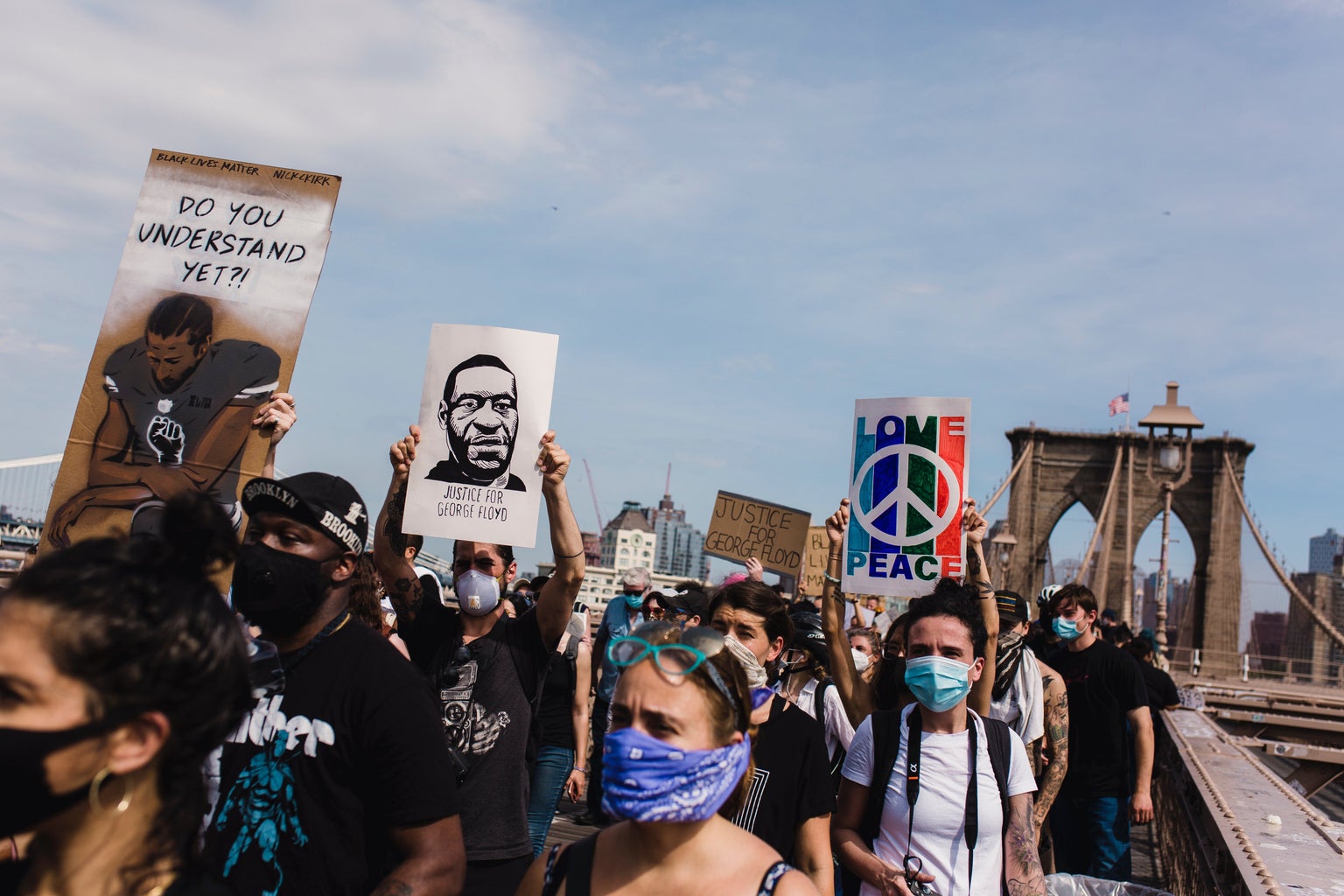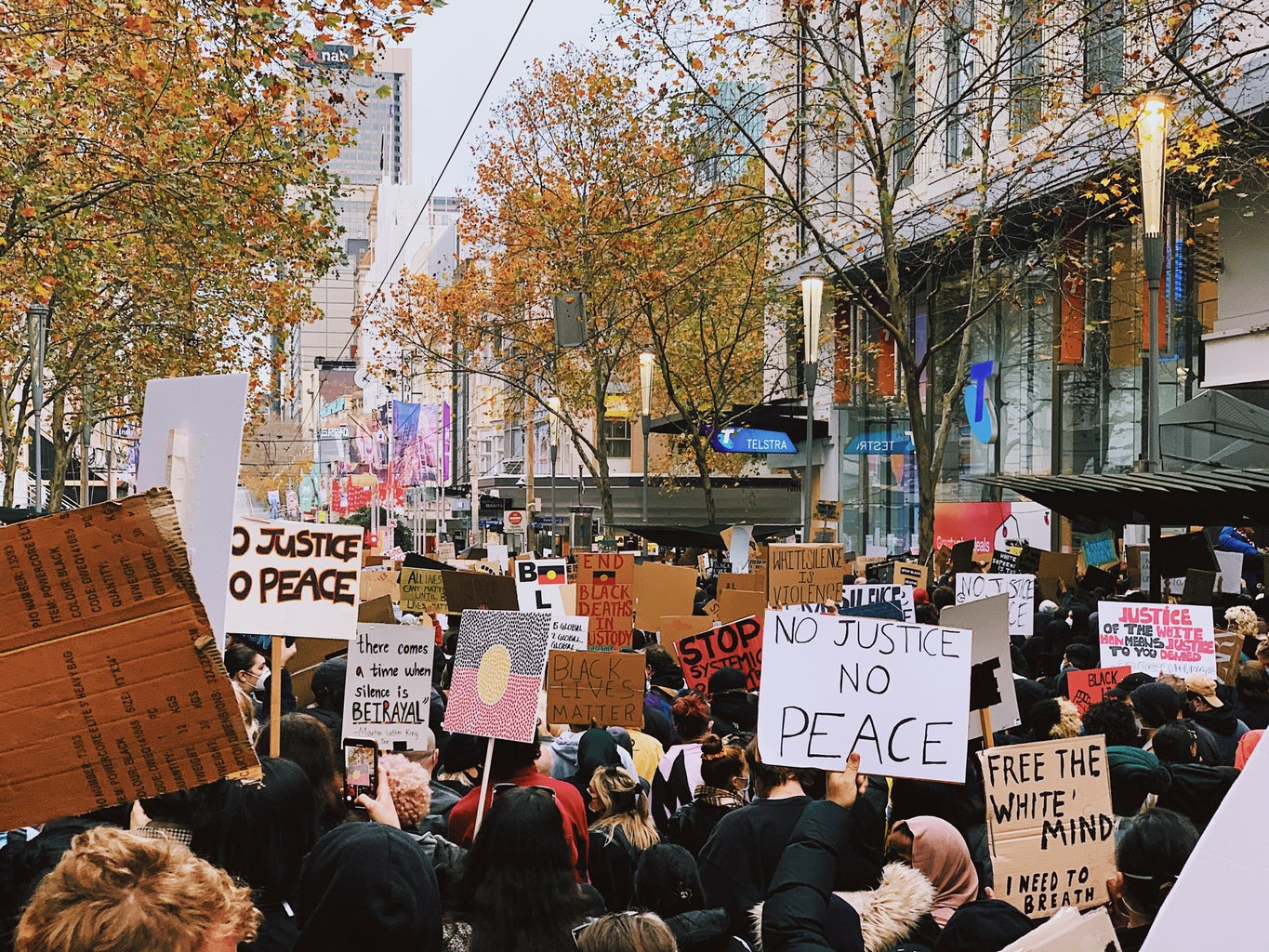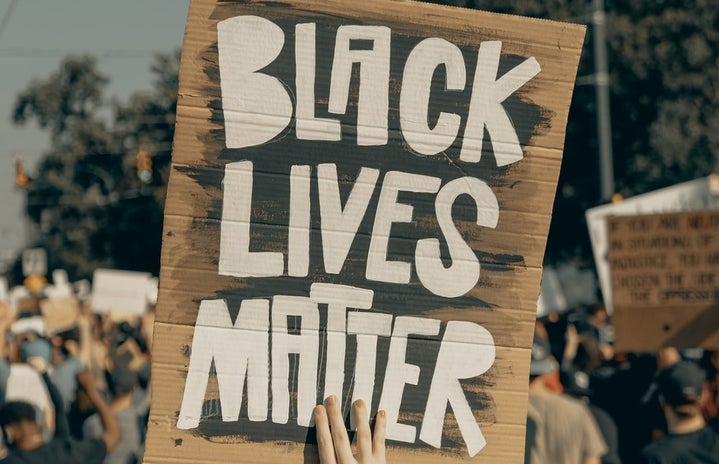On June 6, 2020, half of million people went out to the streets to protest across the United States in nearly 550 cities. In fact, the Black Lives Matter Movement protests that occurred this past summer would make it the largest movement in U.S. history.
In 2013, Alicia Garza, Patrisse Cullors, and Opal Tometi created a movement called #BlackLivesMatter. This movement began with a social media hashtag and was in response to the acquittal of Trayvon Martin’s murderer. After the death of Michael Brown in Missouri and Eric Garner in New York in 2014, the movement began to grow nationally. After the murder of George Floyd, the movement established itself as a worldwide movement. In fact, there has been support for the movement in at least 60 countries and across every continent, with the exception Antarctica, to protest police brutality and systematic racism that overwhelmingly affects Black communities nationwide and worldwide.

Alicia Garza, one of the founders of the Black Lives Matter movement, claims that the statement “Black Lives Matter” is simple but complex– it is stating a problem and a solution. The Black Lives Matter movement is a major part of global conversations today, and it has made people all over the world assess what we need to do to accomplish equality.
Patrisse Cullors, another one of the founders, claims that she is “many things, but she is definitely not a terrorist. She is a catalyst. She is a crusader.” In fact, she published a memoir titled When They Call You a Terrorist, which talks about how incidents in her youth drove her to help create the Black Lives Matter movement. Cullors also claims that she wants the movement to influence local and national politics because that is part of the change.
Opal Tometi, the third co-founder, claims that she is glad to see the movement getting support and recognition. However, Tometi added that it is not just about the numbers, but about the progress that should and needs to happen. Tometi also states that the next steps for the movement should be “for governments to put their money where their mouths are in terms of investing in Black communities and holding themselves accountable for the damage caused by not doing so sooner.”

It is important for people to understand that racism is not just limited to police brutality, but also everyday microaggressions. We need to learn about those microaggressions and not ignore them because it all begins with educating ourselves.
Photos: Her Campus Media



